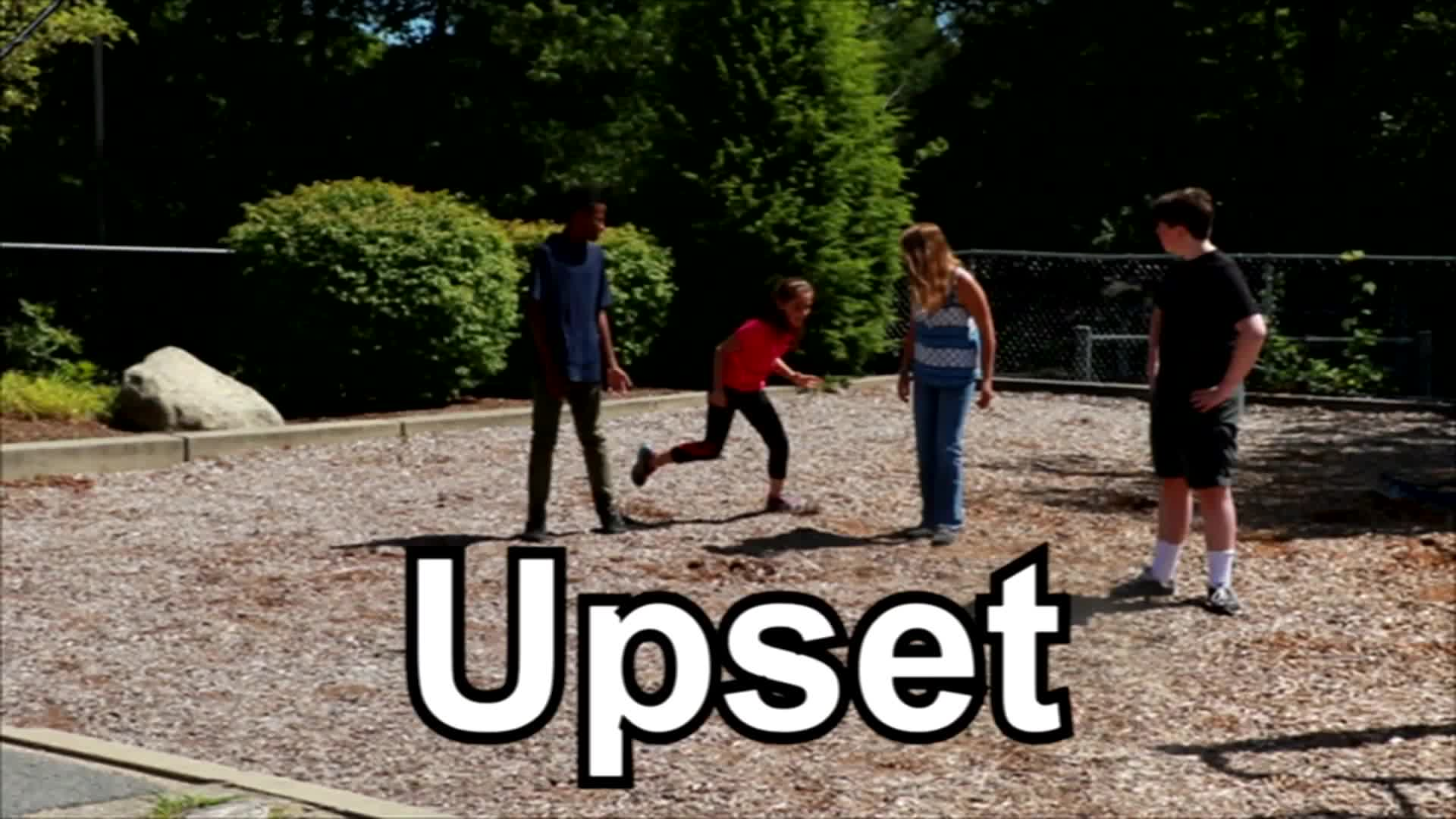Introduction
As educators, we understand the importance of teaching our students how to interact with their peers in a respectful and inclusive manner. Joining a group can be a challenging task, especially for special education students who may struggle with understanding social cues and norms. This blog post will discuss strategies and activities that can help students learn the appropriate ways to join a group without interrupting or causing discomfort to others.
No-Prep Activity: The Group Joining Role-Play
This role-play activity requires no preparation or materials and serves as a great way to help students practice joining a group in a respectful and considerate manner. Here’s how it works:
- Divide your students into groups of three or four.
- Assign one student in each group to be the “newcomer” who wants to join the group, while the others are already engaged in an activity or conversation.
- Have the newcomer approach the group and attempt to join in without interrupting or taking over the activity. Encourage them to use polite language and ask if they can join before participating.
- After the role-play, discuss how the group members felt when the newcomer approached and whether they felt comfortable with the way the newcomer joined the group.
Discussion Questions
- What are some ways to join a group without interrupting or taking over the activity?
- How might it feel to be interrupted or have someone take over an activity you are engaged in?
- What are some examples of polite language to use when asking to join a group?
- Why is it important to ask before joining a group or activity?
- How can we support our peers in feeling comfortable and included when they want to join a group or activity?
Related Skills
Teaching students how to join a group is just one aspect of fostering positive social interactions. Other related skills that can help students develop strong social-emotional competencies include:
- Active listening and responding with empathy
- Taking turns and sharing in group activities
- Respecting personal boundaries and understanding body language
- Expressing feelings and emotions in a constructive manner
- Problem-solving and conflict resolution
Next Steps
Helping students develop the skills to join a group and interact with their peers is crucial for their overall social-emotional growth. To access more resources and strategies for teaching these skills and others, sign up for free sample materials at Everyday Speech. These resources can greatly assist you in creating a supportive and inclusive learning environment for your special education students.






